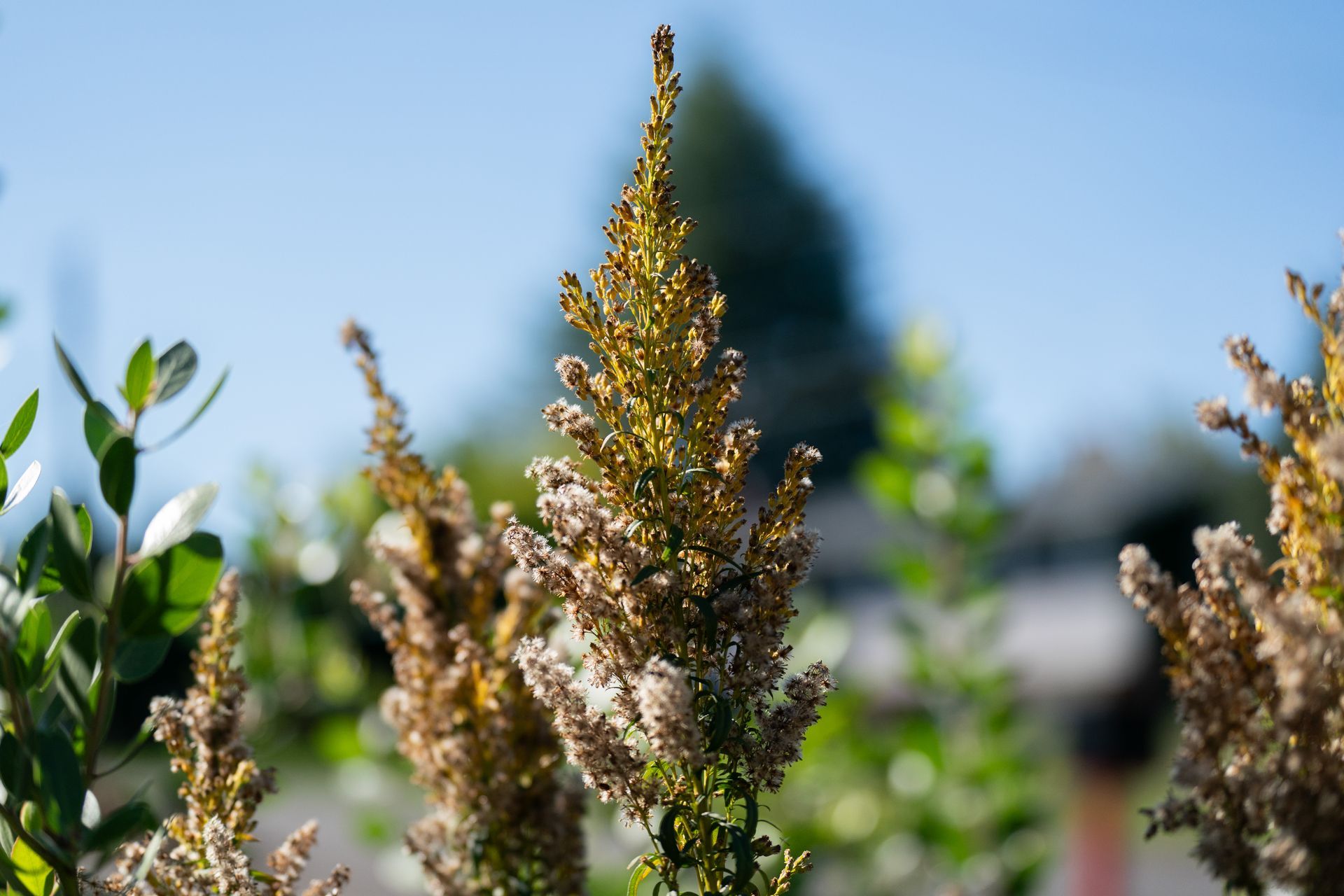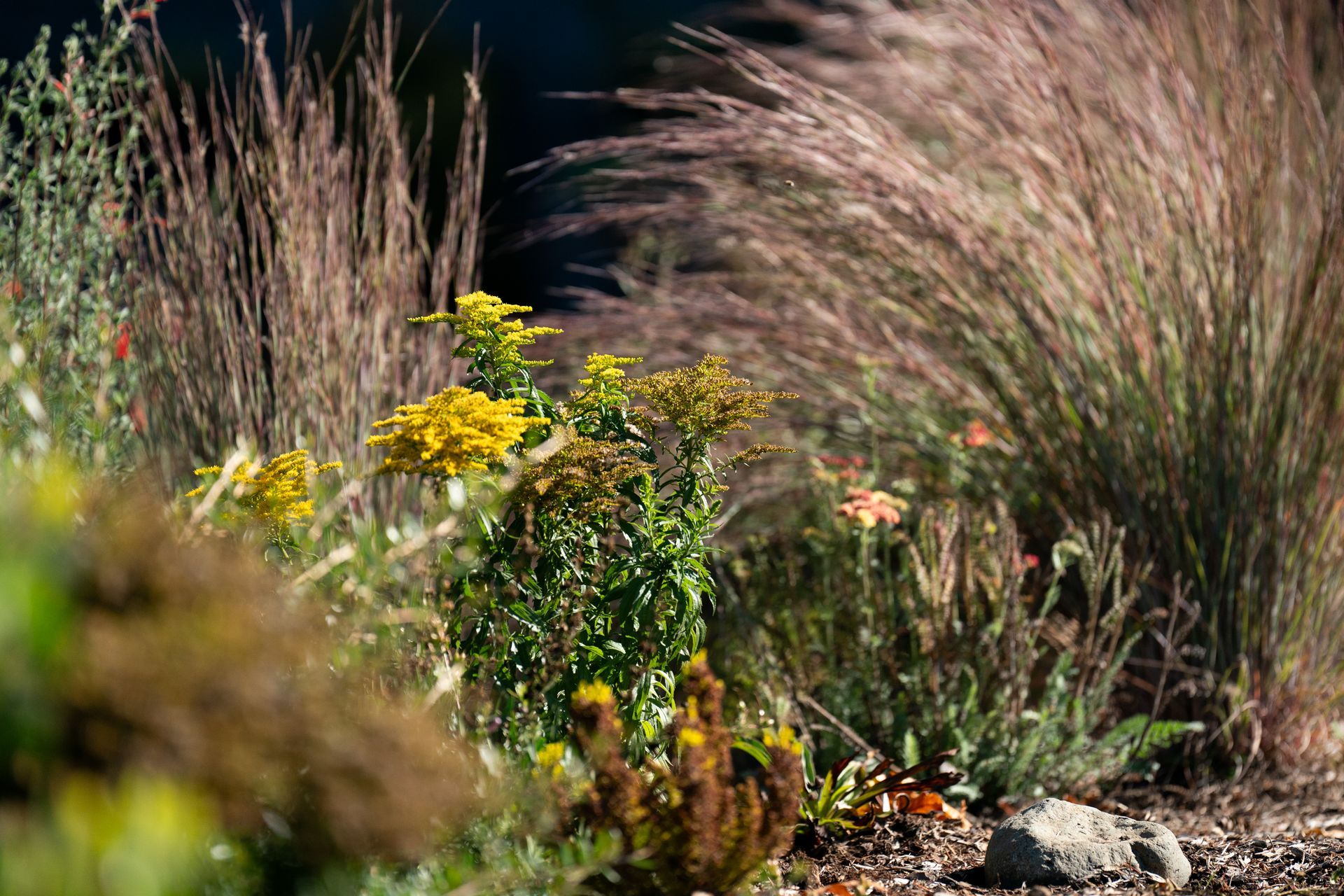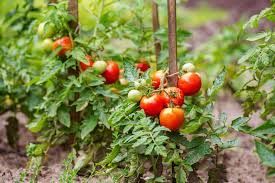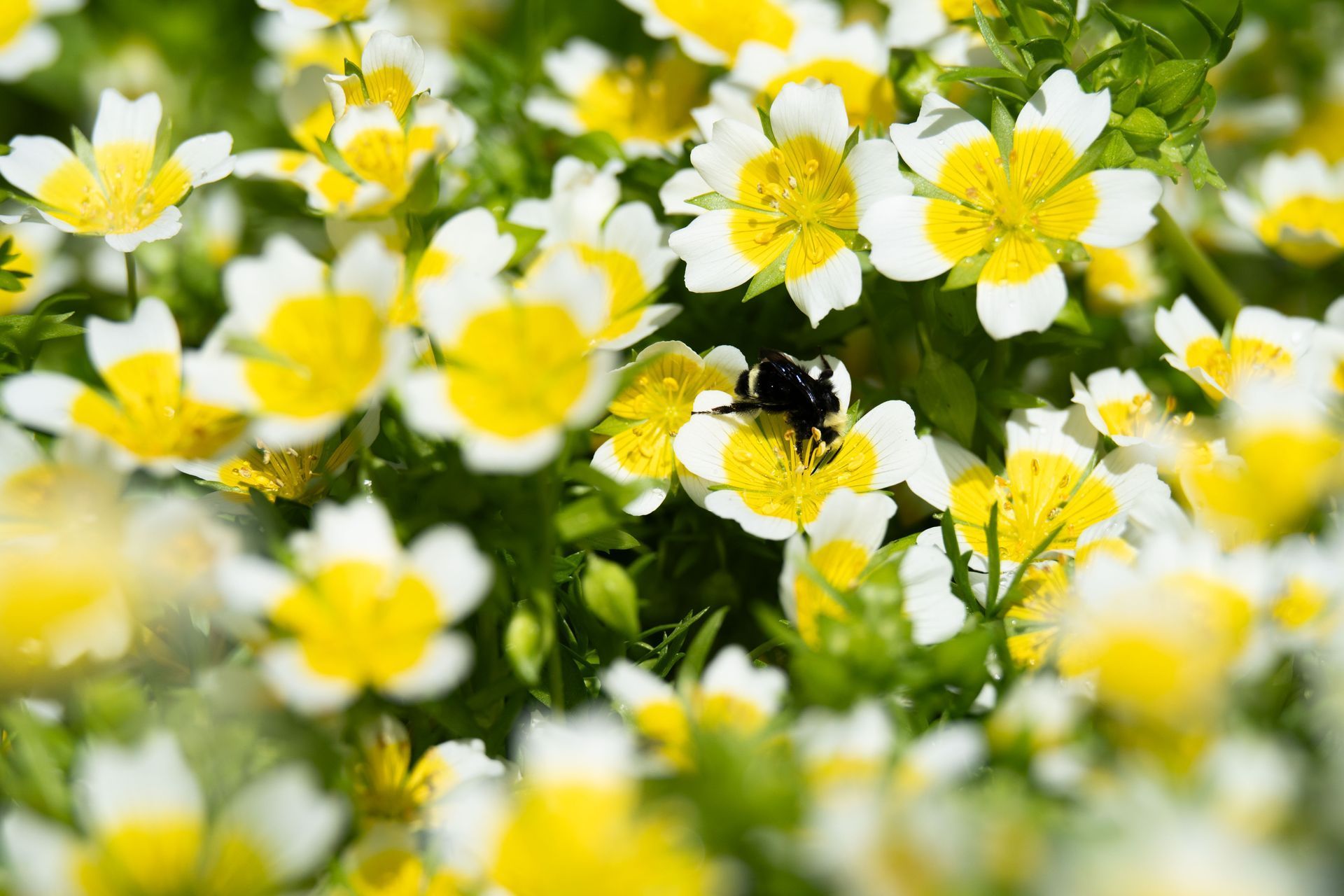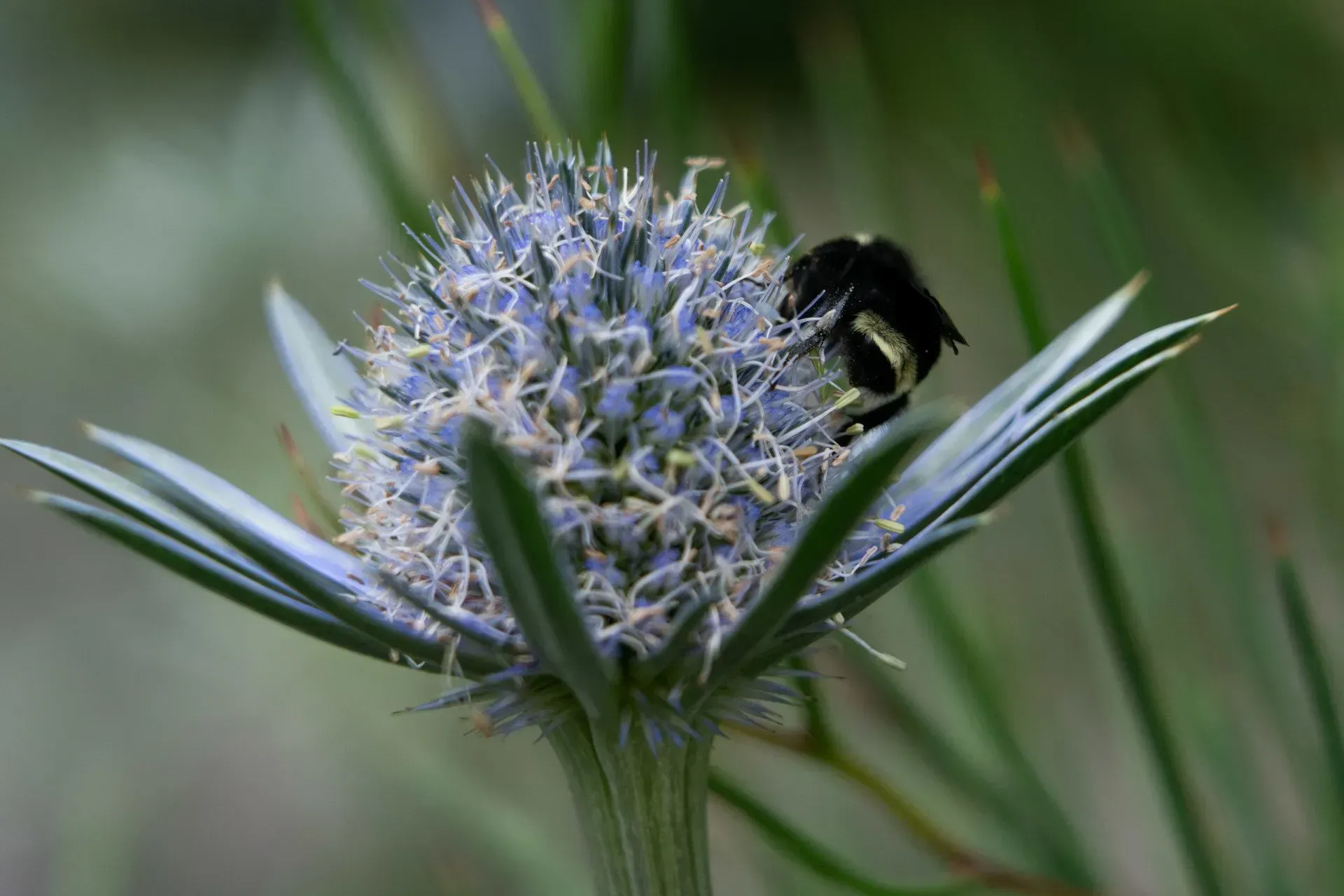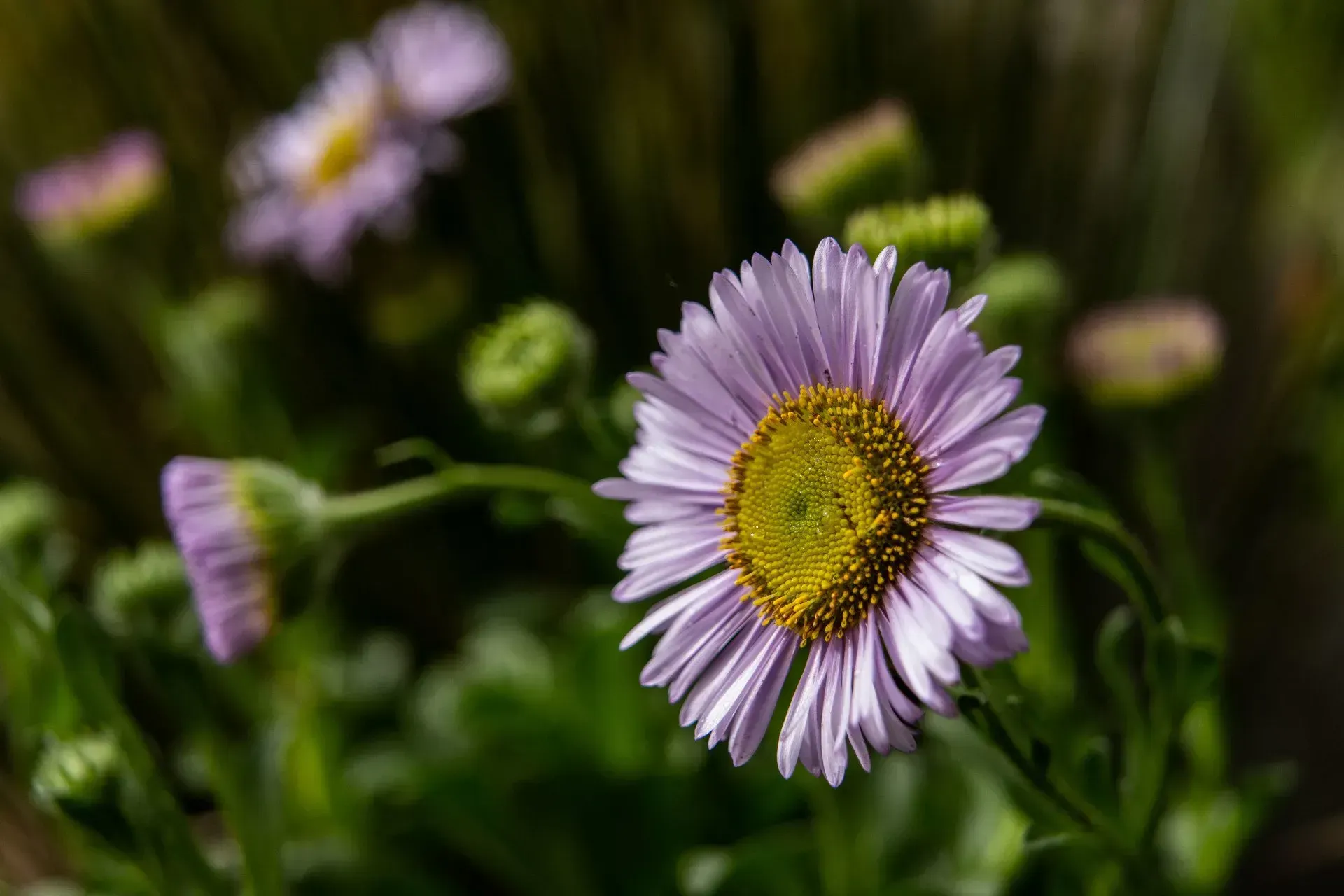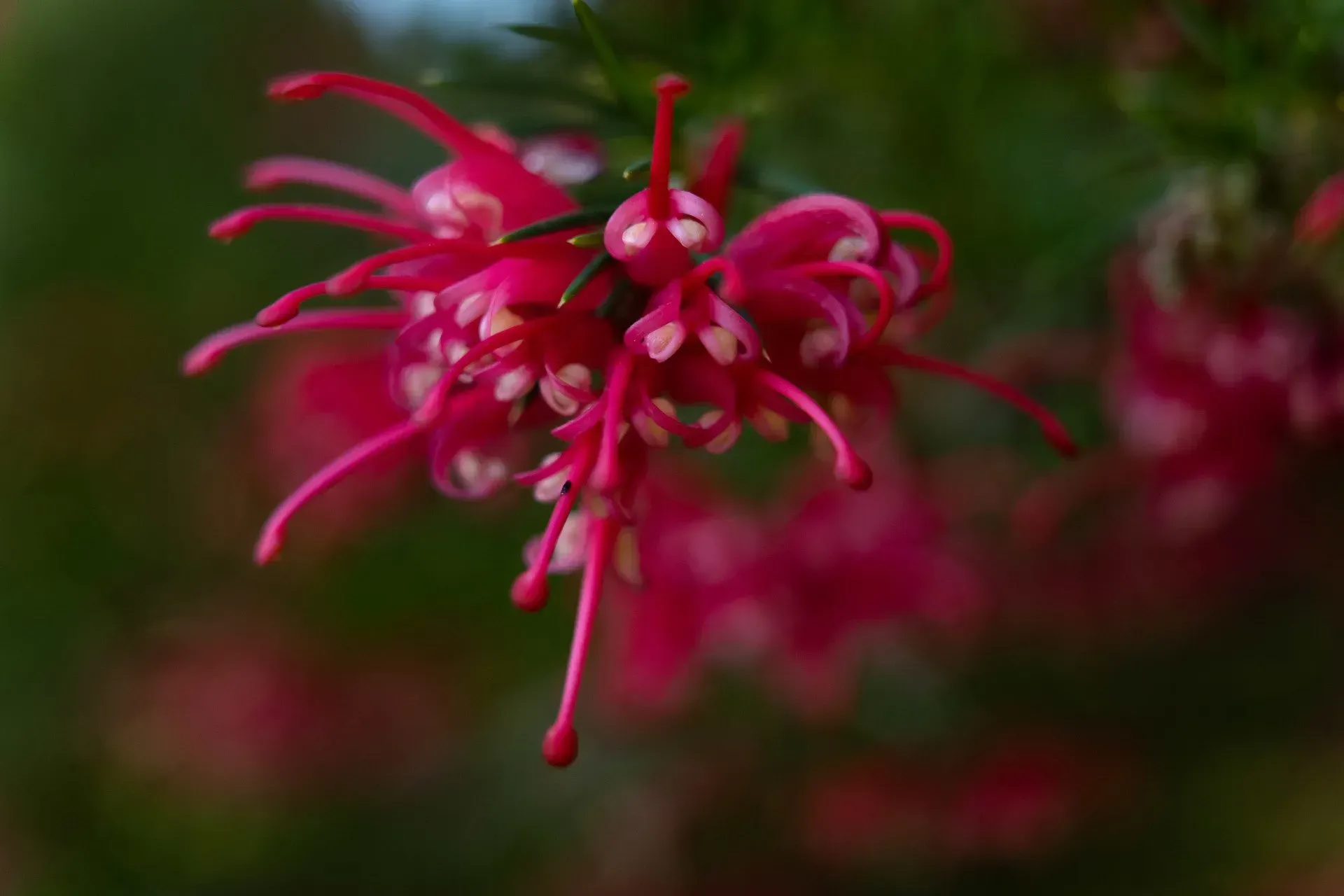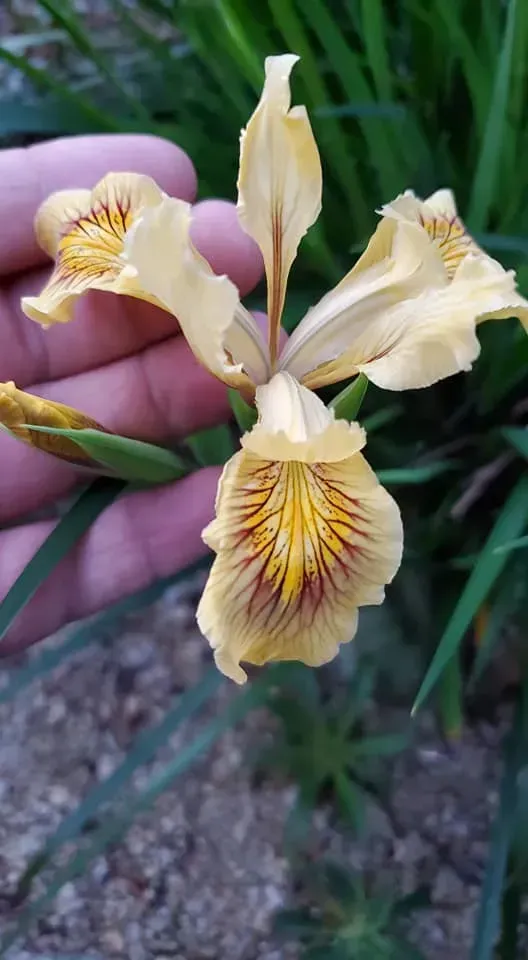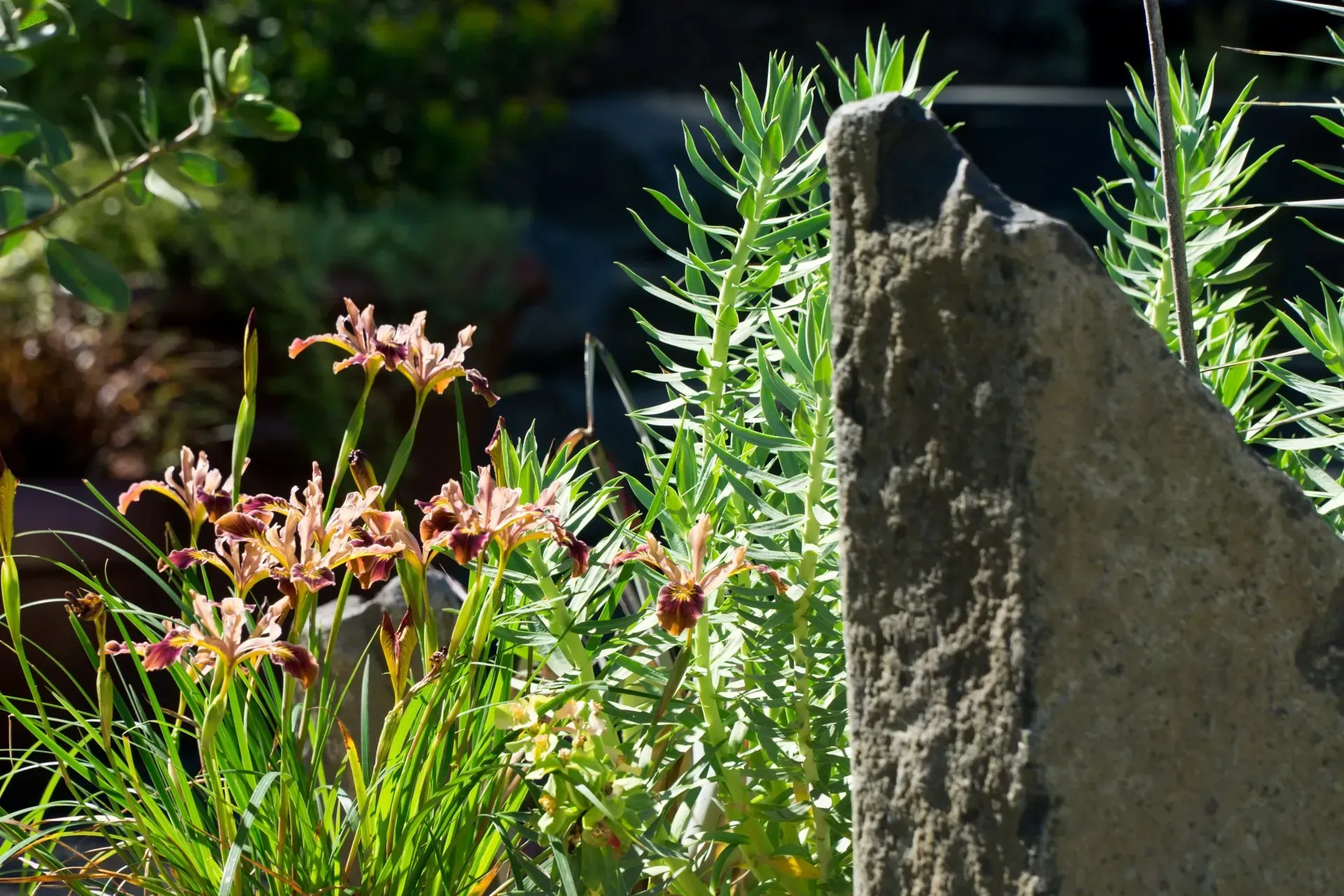Xeriscaping
Xeriscaping is a great way to reduce your garden's need for supplemental irrigation. With the right prep and attention to plant choices, you can create a garden that requires little to no additional water from irrigation. Many people have a misconception that a Xeric garden will look like a scene from a desert, and while there is nothing wrong with this look, you are not confined to that look in a Xeric garden. A careful selection of native and climate-adapted plants can give you a very lush look and feel.
7 Principles to Follow for a Xeric Garden
1. Sound landscape planning and design.
Get to know the garden space. Really pay attention to problem areas, for example, places that do not drain well in winter. Rocky areas and steep slopes will require special considerations as well. You will want to address these areas or choose plants that are well suited to these conditions. Try to group plants with similar cultural requirements. You can also give us a call, we would be happy to help!
2. Limitation of turf (commonly referred to as lawn) to appropriate, functional areas.
If a lawn is a must have, consider the kind of use it will get and try to keep the shape of the lawn suitable for efficient irrigation to avoid over spray and wasting water. Mow your lawn 1/3 higher than usual, this will help keep the soil cooler and the lawn will require less water. When you mow, consider leaving lawn clippings to mulch in place. This will return nutrients to the soil and reduce the need for fertilizer inputs. (Just watch for unwanted weed seeds). There are also many lawn alternatives to consider depending on how you plan to use the space.
3. Use of water efficient plants.
When thinking about plants for your Xeric garden there are many excellent west coast native plants to consider. Our west coast native Irises and hybrids are a very good example. Over the years many plants men and women have been breeding these wonderful plants, coming up with some great selections to choose from. Keep in mind that it is also okay to consider nonnative plants as well. Some studies on native pollinators suggest that plant diversity plays a very big role in native pollinator health and will help to increase the numbers you are likely to see in your garden. There are so many great climate adapted plants to choose from. The Xera Plants website is one of our favorite resources for researching a wide range of plants and specific biomes. We encourage you to check it out for ideas and inspiration.
4. Efficient irrigation.
Consider using drip irrigation where you can. Drip irrigation gets the water right where the plant needs it with less evaporation. Install dedicated zones for plants with differing water needs so you can really dial in your system as efficiently as possible. As time goes on and plants get established you will need to monitor your system and begin reducing the amount of water used.
5. Use mulch.
Mulching is key to helping the soil retain moisture and keeping the roots of plants cool in the hot summer months. Mulch refers to any product that covers the soil as a top dressing. You can use anything from gravel to wood chips depending on the style you are looking for but take into consideration the needs of your plants as well. Some plants, such as Agave and Opuntia will do better with a gravel mulch so that water will drain away from the fleshy foliage. Arctostaphylos is another plant that benefits from a gravel mulch, especially when young, to help prevent the rain from splashing dirt or debris that could be carrying pathogens onto the lower leaves.
6. Appropriate landscape maintenance.
Prune for disease and to keep plants in check. Inspect plants for pests and keep up on your weeding. Where appropriate, consider leaving perennials through winter instead of cutting them back. Birds will enjoy the seeds, just be careful to remove any seed heads from plants that could potentially spread into unwanted areas. I like to cut any clippings into small pieces to spread as I’m working as smaller pieces will break down faster. Try to only use fertilizers when necessary.
7. Soil amendments.
Try to select plants that will work with your soil type. For larger beds that need more organic matter top dress the soil with a good layer of garden mulch and plant into it, then let it naturally incorporate into the existing soil over time. Increased drainage in some beds to suit specific plants can be accomplished with the use of sand and gravel. Pumice is also nice to incorporate in these areas as the porous surface will retain some moisture but still allow for increased drainage.
